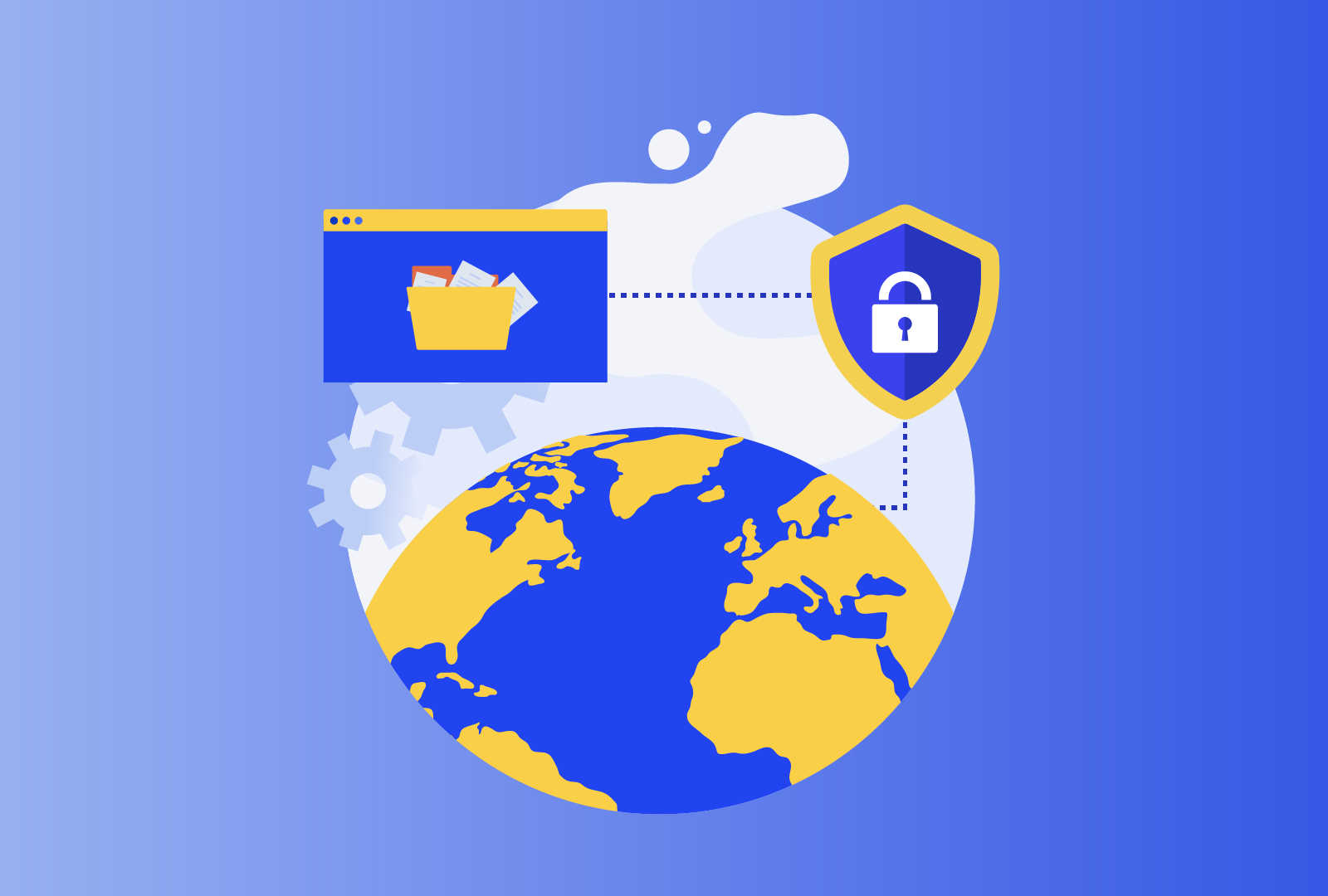In the ever-evolving landscape of data privacy and protection, understanding and effectively implementing the rights of data subjects is paramount. One such right that has garnered significant attention is the right to data portability under the General Data Protection Regulation (GDPR). In this article, we’ll delve into the intricacies of this right and explore how it simplifies the process for data subjects and organizations.
Demystifying the Right to Data Portability
The right to data portability is a provision enshrined in Article 20 of the GDPR. It allows individuals to obtain and reuse their personal data across different services. In essence, it empowers data subjects to control their own information, fostering a sense of ownership and agency over the data they generate.
Under this right, data controllers are obliged to:
- Provide to the data subject their personal data that has been received from the data subject themselves;
- Transmit this data to another controller without hindrance.
However, it’s important to note that this right is subject to certain conditions and limitations. To trigger the right to data portability, the data processing must be based on consent or the necessity of the performance of a contract. Additionally, the processing must be automated, which means that it should involve computerized processes rather than manual intervention.
Scope of Personal Data Covered
The scope of personal data covered by the right to data portability is comprehensive. It encompasses both data actively and knowingly provided by the data subject, as well as observed data provided through the use of services or devices. This can include a wide array of information, such as mailing addresses, usernames, age, browsing history, search activities, and even data generated by connected devices like wearables.
However, it’s important to differentiate between the data subject’s provided data and inferred or derived data, which includes assessments, scores, and evaluations generated based on the provided data. The right to data portability does not extend to inferred data.
Ensuring Smooth Implementation
For organizations, ensuring smooth compliance with the right to data portability requires careful consideration and meticulous preparation. To simplify the process, organizations should take the following steps:
- Technical Feasibility: If a data subject requests the transfer of their data to another controller, organizations should assess the technical feasibility of such a transfer. It’s not an obligation to maintain technically compatible systems, but steps should be taken to ensure secure and accurate transmission.
- Structured Format: Personal data should be provided to the data subject in a structured, commonly used, and machine-readable format. This ensures that the data can be easily processed and understood by both the data subject and the receiving controller.
- Interoperability: The chosen format should be interoperable, allowing data to be exchanged between different systems. Formats like CSV, XML, and JSON are common examples that ensure compatibility.
- No Hindrance: Organizations cannot hinder the data subject’s request. Legal, technical, or financial obstacles should not be placed in fulfilling this right.
- Transparency: The decision to fulfill or refuse the request should be transparent and justifiable. If a refusal is necessary for legitimate reasons, these reasons should be communicated to the data subject.
DPOrganizer’s Role in Data Portability
DPOrganizer, as a champion of data protection and compliance, understands the significance of the right to data portability. Our tools are designed to streamline the process of responding to data portability requests. By mapping processing operations and creating case logs, our tool facilitates the identification and transmission of the required data. With DPOrganizer, organizations can seamlessly uphold their commitment to data subjects’ rights while ensuring compliance with GDPR.
The right to data portability empowers data subjects and encourages organizations to enhance their data management practices. By simplifying transferring personal data between controllers, it reinforces the principles of transparency and individual control. Organizations that prioritize compliance with this right not only demonstrate their commitment to data protection but also pave the way for a more user-centric approach to data management. As we navigate the complex world of data privacy, the right to data portability is a crucial milestone for a more empowered and informed digital society.
The right to data portability not only aligns with the principles of GDPR but also underscores the importance of data ownership in the digital age. It puts the power back into the hands of individuals, allowing them to take charge of their personal information and facilitating seamless data flows between different services and platforms. This is particularly significant in today’s interconnected world, where individuals interact with numerous online services and platforms.
The Technical Aspects of Data Portability
To ensure the smooth implementation of the right to data portability, organizations must pay attention to the technical aspects of data transmission. The data provided to the data subject should be in a structured format that is commonly used and machine-readable. This means that the data should be organized so that software can easily extract specific elements. Formats like spreadsheets (CSV), extensible markup language (XML), and JavaScript Object Notation (JSON) are commonly used for this purpose.
Moreover, the chosen format should be interoperable, allowing data to be seamlessly exchanged between different systems and platforms. Interoperability is crucial to ensure that the data can be easily understood and processed by both the data subject and the receiving controller.
Challenges and Considerations
While the right to data portability offers numerous benefits to the data subjects, it also comes with challenges and considerations for data controllers. Organizations may face technical hurdles in ensuring secure and accurate data transmission. Additionally, ensuring that the data is transmitted to the right destination and that the privacy and security of the data are maintained throughout the process requires careful planning and execution.
Reach out to DPOrganizer and discover how our tools and expertise can help you navigate the nuances of data portability, ensuring that you not only meet regulatory obligations but also pave the way for a more inclusive and informed digital future. Let’s embark on this journey together!






Comments are closed.